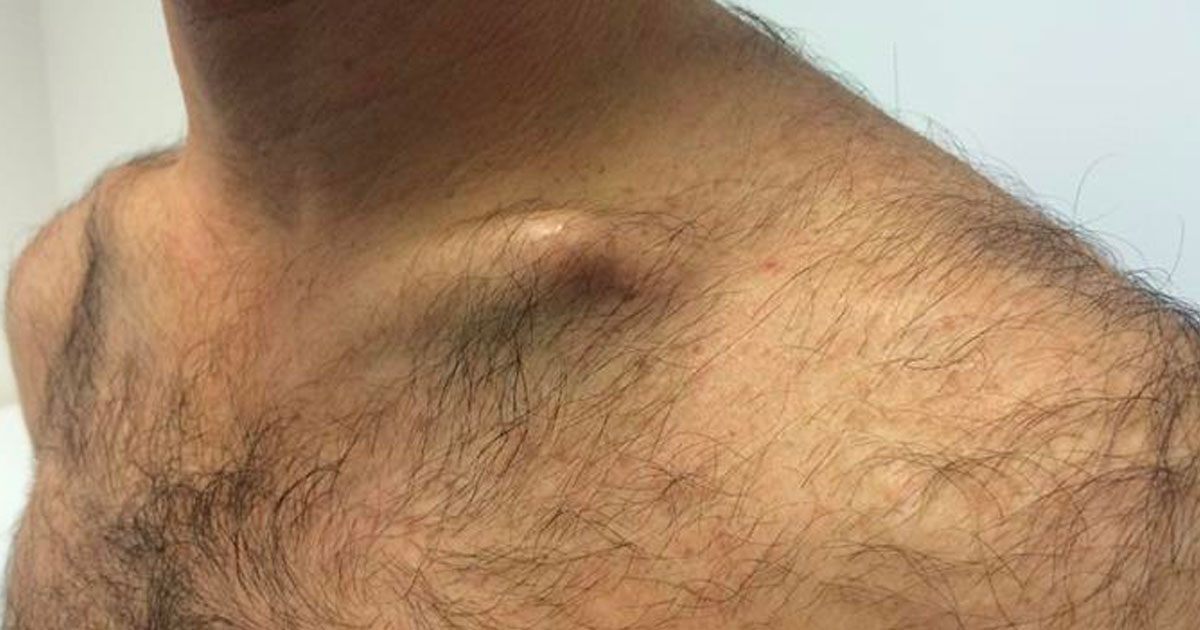
Non-Union Clavicle Fracture: Should I Consider Surgery?
Dr Duckworth answers the most common questions about who can benefit from clavicle surgery and the expected results.
Q1. What causes a non-union clavicle fracture and who is usually affected?
These types of fractures are mostly seen in people aged from 20 to 65 years. They may be the result of a football injury or a fall while cycling, skiing or horse riding. The break usually occurs in the middle of the clavicle and the bone may be fractured in three to four places. The bone ends may be widely separated, which is known as a displaced fracture. The injury may have occurred anything from one year to 20 years earlier.
Q2. What are the most common complaints that people have in relation to a poorly healed fracture?
The most common sign is that the collar bone doesn’t look quite right. There might be a sizeable lump at the site of the original fracture or the shoulder might be sitting forward, or both. There is often pain over the old fracture site, which can radiate into the neck and down the arm. The old fracture might also affect function. For example, it might be difficult to lie on the shoulder because the shoulder blade protrudes.
Q3. What normally prompts someone to consider having surgery?
While they may have been told in the past that nothing can be done or that surgery is risky, many people simply become fed up with the way the shoulder looks and feels and choose to take action.pattern and the individual’s age.
Q4. If someone comes to you with an old non-union clavicle fracture, what happens next?
The individual will attend an initial appointment. I’ll perform a physical examination, where I’ll take measurements, look for an obvious bump and assess the shoulder’s position. An X-ray or a CT scan might also be needed. I’ll also review the their overall health and medical history to ensure there are no risk factors that might prevent the bone from healing.

An x-ray example of a poorly healed old clavicle fracture.
Q5. How do you assess who is a good candidate for surgery and whether they will be likely to achieve a good outcome?
It’s important to have realistic expectations; but the success rate for this operation is high. I always advise individuals to have the surgery if they feel the shoulder is a problem and is interfering with the things they need and want to do. There are risks involved with any surgery and these are thoroughly explained before the operation.
Q6. How quickly can surgery happen and what’s involved?
We can usually book in surgery to occur within two to three weeks of the initial appointment. If an individual is coming from a country area or travelling a long distance, we can sometimes book surgery to occur on the same day as the initial appointment (if this is their preference). My staff provide all of the necessary paperwork and provide clear instructions on what’s needed prior to the operation, what to expect during and following surgery, and how best to plan for the healing process.
Q7. How much time is needed off work and will rehab be necessary?
The operation requires an overnight stay in hospital. After that, individuals need to allow time for the bone to heal. They will need to wear a sling for one to two weeks, avoid heavy lifting and refrain from driving for a week. Within a few days most people are able to do everyday things, such as showering and dressing, without any trouble. Clerical work can be managed after two to three days and physical work after five to eight weeks. There is generally no need for rehabilitation.
Q8. Will there be much pain?
Not really. There may be some minor pain from the wound but little bone pain.
Q9. When can individuals expect to return to normal function?
This varies across individuals, but is generally anything from six to 24 weeks, depending on the fracture pattern and the individual’s age.
Q10. What improvements can they expect following the surgery?
Their shoulder will look and feel like it is back in the right position, and “sitting normally”. The difference people feel is often immediate.
Q11. How long does it take for a full recovery?
Usually three to four months but most people start feeling better within two weeks.
Q12. Is the surgery covered by most private health insurance funds?
This procedure is considered to be elective surgery. While the majority of costs are covered by private health insurance, there is a gap payment due to the difficulty of the surgery.
Q13. Where do you offer this type of surgery?
I offer this surgery in both the private and public hospital systems.
For specific advice regarding clavicle fractures, please book an appointment with Dr David Duckworth on (02) 9806 3333